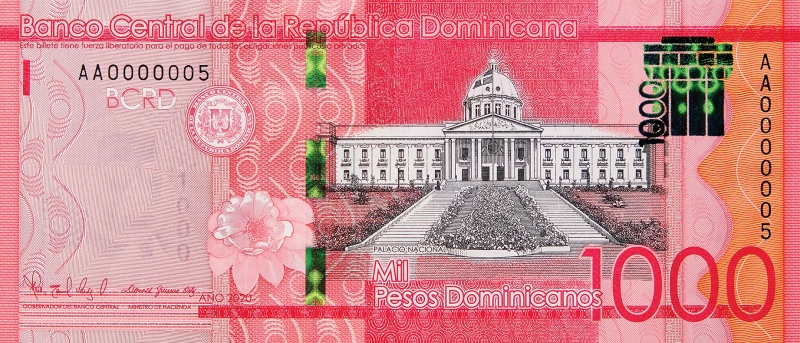
is the Dominican republic a country
Why the Dominican Republic is Considered a Country
The Dominican Republic is often considered to be a country, despite not having an official government or even being officially recognized as such by many other countries. This is based on its history and the fact that it has a functioning national identity.
Officially, the Dominican Republic is a republic consisting of 10 provinces. It was first established as a Spanish colony in 1524, but gained independence from Spain in 1821 and became an all-volunteer nation. Despite struggling economically throughout the late 20th century, the Dominican Republic has managed to maintain stability and prosperity.
The country’s geographical location – between North America and South America – makes it an important transportation hub and tourist destination, with visitors coming for its stunning beaches, lush rainforests, and vibrant cities.
What Makes the Dominican Republic Unique?
The Dominican Republic is a country located in the Caribbean region. Haiti borders the country to the north, Haiti and the Turks and Caicos Islands to the east, Haiti and the French territory of Guadeloupe to the south, and the Dominican Republic and Haiti to the west. The country has an area of 106,000 square kilometers and a population of 9 million people. The country is known for its beaches, mountains, rainforests, and its rich culture. Dominica was originally settled by the Taíno people who migrated from Hispaniola. The first European to visit the island was Christopher Columbus in 1492. The Spanish established a settlement on the island in 1502 and named it La Isla de la Juventud (Island of Youth). The island became a colony of Spain in 1509. The French took over the island in 1635 and renamed it, La Dominique. The British invaded the island in 1778 and renamed it the Dominican Republic.
The Dominican Republic is unique because it is one of only two countries in the world that shares a border with another country, Haiti, without any physical barriers separating them. This makes the Dominican Republic an open-air museum where visitors can see how people live on both sides of the border. Additionally, the country has several indigenous groups including the Taíno people and the Mestizo population who are descendants of African slaves and European settlers. These groups have preserved their cultural traditions and languages despite centuries of persecution. The Dominican Republic is also home to the world’s second-largest concentration of people who speak Romani, a language spoken by Roma (Gypsy) people.





